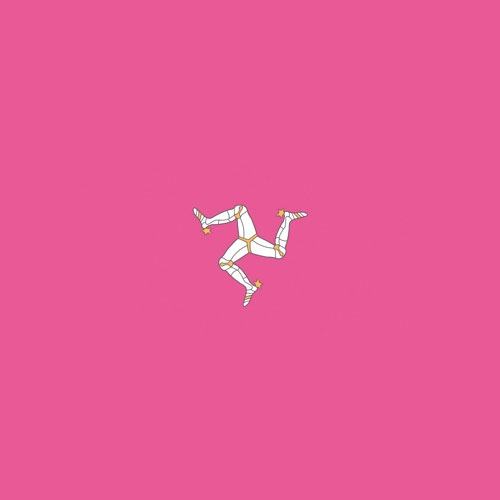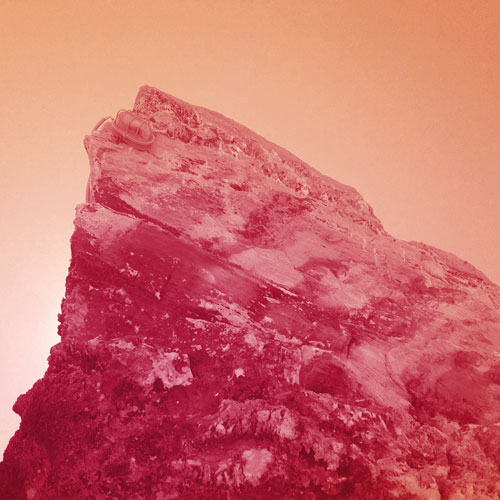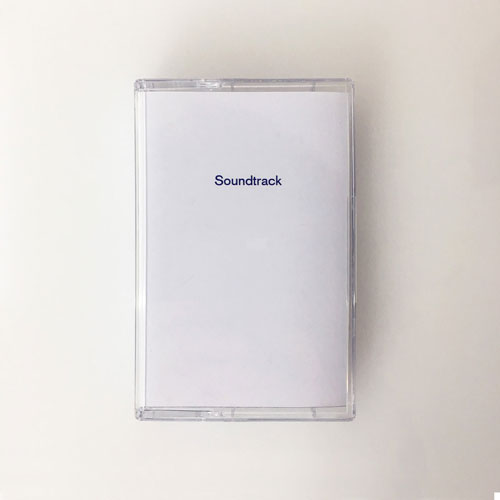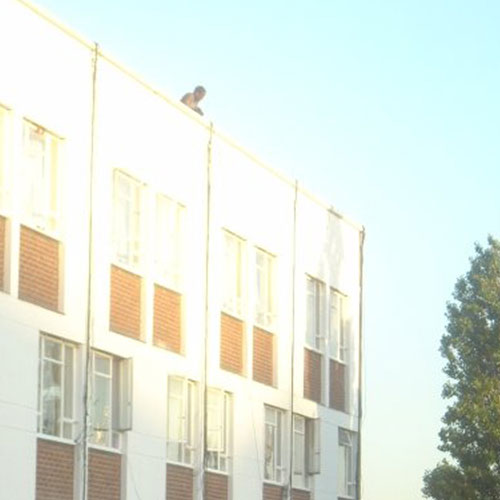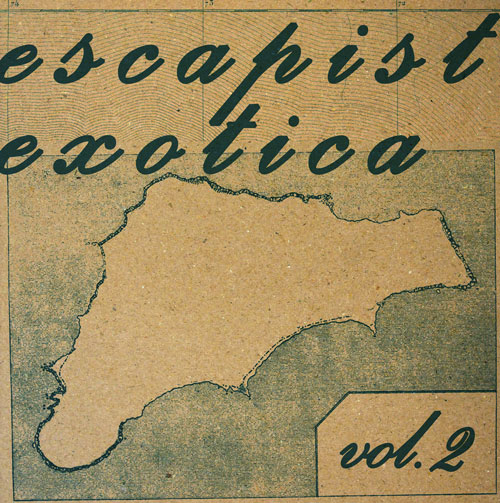Die Meistersinger.
My friend, that is precisely the poet’s work— To figure out his dreams, mark them down. Believe me, the truest illusion of mankind Is revealed to him in dreams: All poetic art and poeticizing Is nothing but interpreting true dreams.
Schiller has illuminated his own writing process for us with a psychological observation which was inexplicable to him but which nevertheless did not appear questionable, for he confesses that when he was in a state of preparation, before he actually started writing, he did not have something like a series of pictures, with a structured causality of ideas, in front of him and inside him, but rather a musical mood(“With me, feeling at first lacks a defined and clear object; the latter develops for the first time later on. A certain musical emotional state comes first, and from this, with me, the poetic idea then follows.” If we now add the most important phenomenon of the entire ancient lyric, the union, universally acknowledged as natural, between the lyricist and the musician, in fact, their common identity—in comparison with which our recent lyrics look like the image of a god without a head—then we can, on the basis of the aesthetic metaphysics we established earlier, now account for the lyric poet in the following manner. He has, first of all, as a Dionysian artist, become entirely unified with the primordial oneness, with its pain and contradiction, and produces the reflection of this primordial oneness as music, if music can with justice be called a re-working of the world and its second casting. But now this music becomes perceptible to him once again, as in a metaphorical dream image, under the influence of Apollonian dreaming. That reflection, which lacks imagery and ideas, of the original pain in the music, together with its redemption in illusion, gives rise now to a second reflection as a particular metaphor or illustration. The artist has already surrendered his subjectivity in the Dionysian process; the image which now reveals to him his unity with the heart of the world is a dream scene, which symbolizes that original contradiction and pain, together with the primordial joy in illusion. The “I” of the lyric poet thus echoes out of the abyss of being. What recent aestheticians mean by his “subjectivity” is mere fantasy. When Archilochus, the first Greek lyric poet, announces his raging love and, simultaneously, his contempt for the daughters of Lycambes, it is not his own passion which dances in front of us in an orgiastic frenzy: we see Dionysus and the maenads; we see the intoxicated reveler Archilochus sunk down in sleep—as Euripides describes it for us in the Bacchae, asleep in a high Alpine meadow in the midday sun—and now Apollo steps up to him and touches him with his laurel. The Dionysian musical enchantment of the sleeper now, as it were, flashes around him fiery images, lyrical poems, which are called, in their highest form, tragedies and dramatic dithyrambs.
